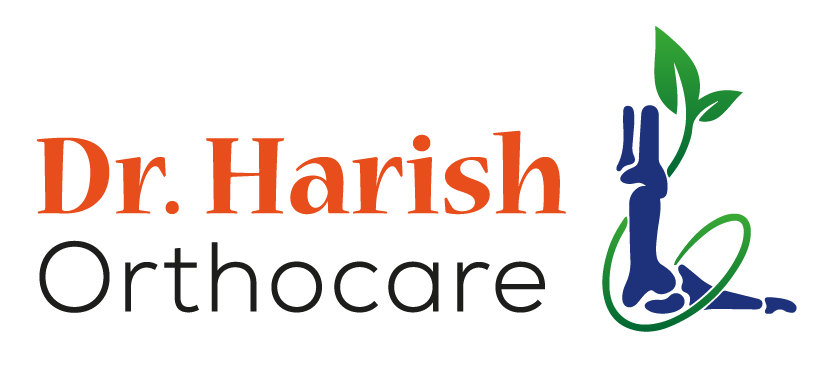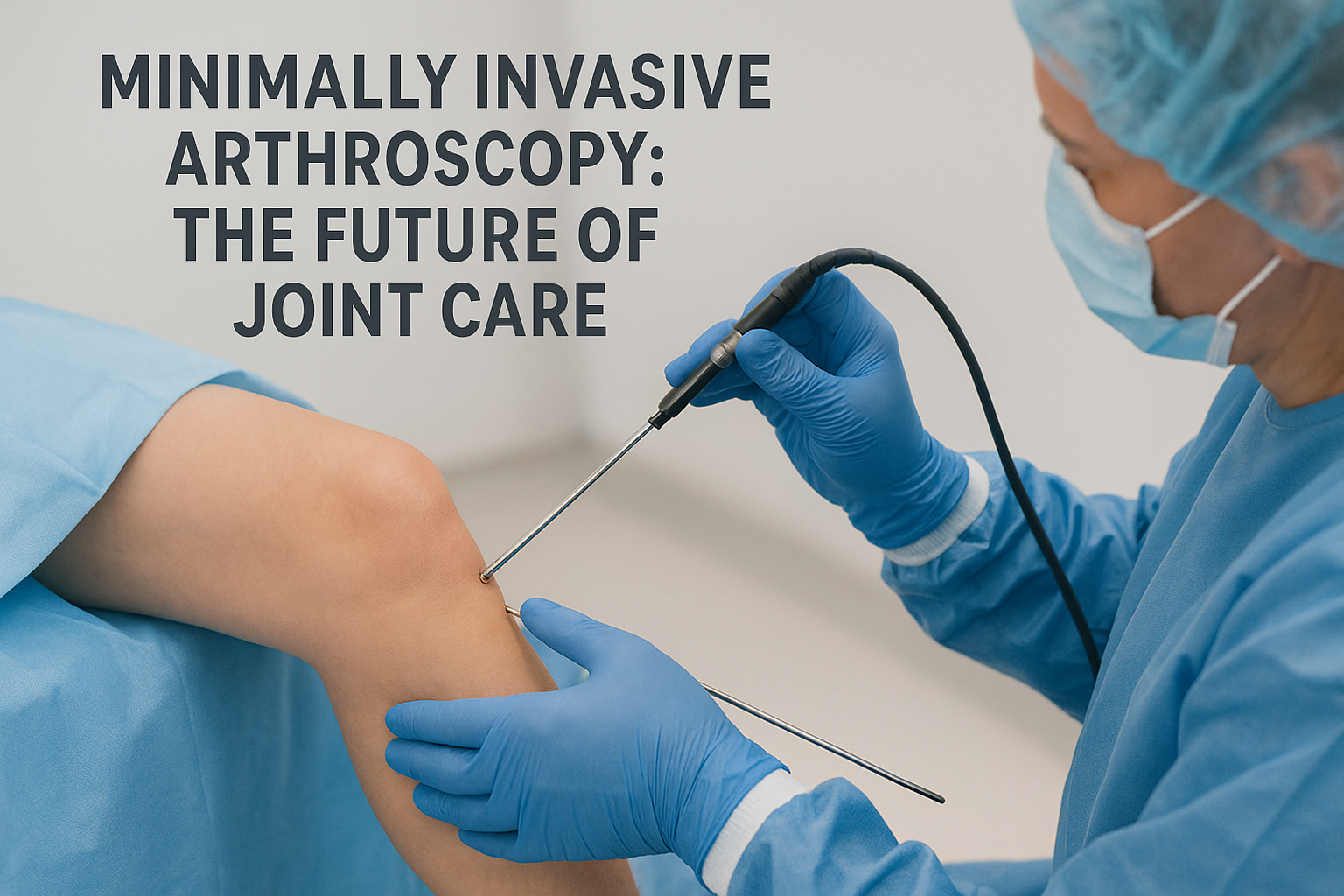Joint problems can significantly impact daily life, limiting mobility and causing chronic pain. Traditional open surgeries often require long recovery periods, extensive scarring, and higher risks of complications. Minimally invasive arthroscopy has emerged as a revolutionary approach, offering patients faster recovery, reduced pain, and smaller scars. This innovative technique allows orthopedic surgeons to diagnose and treat joint issues using a small camera and specialized instruments, eliminating the need for large incisions.
What is Minimally Invasive Arthroscopy?
Minimally invasive arthroscopy is a surgical procedure where a tiny camera, known as an arthroscope, is inserted into the joint through a small incision. The camera displays real-time images on a monitor, guiding surgeons to treat problems such as ligament tears, cartilage damage, and meniscus injuries. This method ensures precise intervention while preserving surrounding tissues. With advanced arthroscopic tools, surgeons can perform complex procedures with minimal disruption, making recovery quicker and less painful.
Benefits of Arthroscopic Surgery
Reduced Recovery Time – Patients typically resume normal activities within weeks rather than months.
Minimal Scarring – Tiny incisions lead to almost invisible scars and less tissue damage.
Lower Infection Risk – Smaller incisions reduce exposure, minimizing post-operative infections.
Enhanced Accuracy – Real-time imaging allows precise diagnosis and targeted treatment.
Less Pain and Swelling – Post-operative discomfort is significantly reduced compared to open surgeries.
Common Joint Conditions Treated
Arthroscopy is widely used for multiple joint issues:
Knee Injuries – Meniscus tears, ligament reconstructions, and cartilage repair.
Shoulder Problems – Rotator cuff tears, labrum injuries, and impingement syndrome.
Hip Conditions – Labral tears, femoroacetabular impingement, and synovitis.
Elbow & Ankle Disorders – Tendon injuries, loose bodies, and osteoarthritis treatment.
How Minimally Invasive Arthroscopy Improves Patient Outcomes
Minimally invasive arthroscopy prioritizes patient comfort and functional recovery. Faster rehabilitation ensures patients regain mobility sooner, reducing the risk of stiffness and long-term joint deterioration. Additionally, it decreases hospital stay duration, lowers overall medical costs, and allows athletes and active individuals to return to their routines quickly. Its combination of precision, safety, and efficiency positions arthroscopy as the preferred choice for modern joint care.
Choosing the Right Orthopedic Surgeon
The success of arthroscopy depends largely on the surgeon’s expertise. Choosing an experienced orthopedic specialist ensures accurate diagnosis, careful surgical planning, and personalized rehabilitation protocols. Patients should consider board-certified professionals with extensive arthroscopic experience and positive patient outcomes. Additionally, using advanced surgical equipment enhances precision and minimizes potential complications.
Post-Operative Care and Rehabilitation
Recovery after minimally invasive arthroscopy is crucial for long-term joint health. Physical therapy tailored to the specific joint condition strengthens muscles, improves flexibility, and prevents stiffness. Following post-operative instructions, including rest, gradual activity, and proper wound care, ensures faster healing. Nutritional support, pain management, and periodic follow-up evaluations further enhance the recovery process.
The Future of Joint Care
Minimally invasive arthroscopy is setting new standards in orthopedic surgery. Continuous advancements in surgical technology, imaging techniques, and rehabilitation protocols are expanding its applications. Research in regenerative medicine, including cartilage repair and stem cell therapy, complements arthroscopy, offering patients longer-lasting joint health. This trend suggests a future where joint surgeries are safer, faster, and more patient-friendly.
Conclusion
Minimally invasive arthroscopy is transforming joint care with faster recovery, less pain, and minimal scarring. Patients enjoy a quicker return to normal life.
With continuous innovations in surgical techniques, arthroscopy represents the future of efficient, patient-centered joint treatment.

